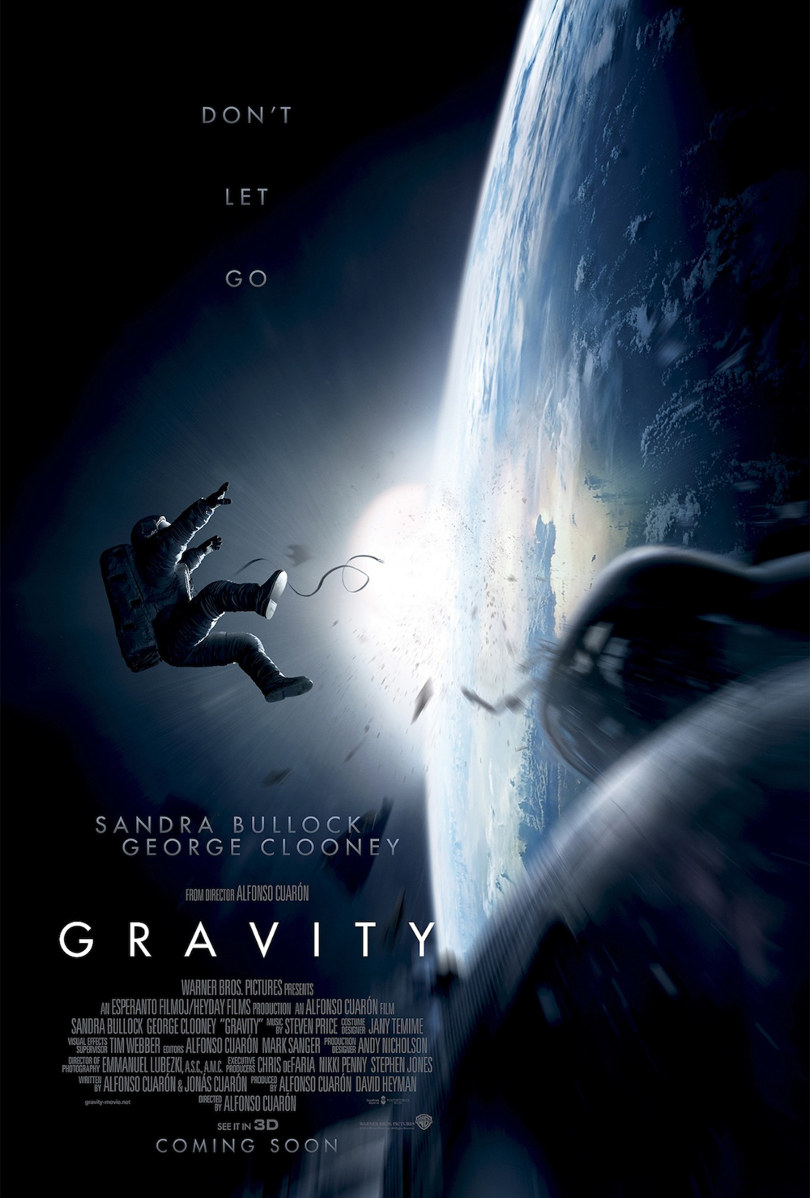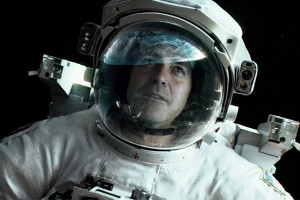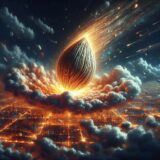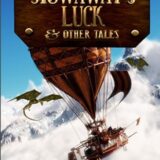 I saw the visually stunning movie Gravity last week and overall enjoyed it very much. I did have some issues with the science in places, but I was better prepared to accept them after interviewing science adviser Kevin R. Grazier, who’d given me a head’s up on some of them. Others had issues with the science (e.g. fellow astronomers Neil deGrasse Tyson and Phil Plait) but, like me, still regard the movie highly.
I saw the visually stunning movie Gravity last week and overall enjoyed it very much. I did have some issues with the science in places, but I was better prepared to accept them after interviewing science adviser Kevin R. Grazier, who’d given me a head’s up on some of them. Others had issues with the science (e.g. fellow astronomers Neil deGrasse Tyson and Phil Plait) but, like me, still regard the movie highly.
It’s clear from my interview with Kevin and other interviews with the creators of the movie that they knew the right science and the mistakes were not errors in understanding, but artistic choices.
Warning, SPOILERS ahead.
They knew, for instance, that the International Space Station and the Hubble Space Telescope do not have similar orbits, easily bridged by an astronaut with an MMU. They’d had it suggested that the Hubble could be replaced with a fictional telescope in a similar orbit, and rejected that choice because Hubble is an icon they wanted in the movie. Astronauts have indeed serviced Hubble (including one of my old college professors Jeff Wisoff—excuse the name drop, but as his former student and a Hubble user today, it’s nice to name heroes who don’t get named so often). The shuttle doesn’t carry enough fuel to visit Hubble and the ISS on the same mission, and MMUs were not used.
Likewise the Chinese station is also not in a nearby, convenient orbit.
But a realistic and interesting plot is hard to build with the existing realities. Often a backup shuttle has been ready for rescue missions, but in the scenario with all the deadly debris, I doubt it would be greenlighted.
Another issue that I am sure the filmmakers knew about and ignored at some level was orbital mechanics. That is, the way to get to objects in orbit around the Earth is not to point at them and thrust. That’s actually not going to work very well unless the distances are very close. Don’t believe me? Play some Space War. The problem, however, is that this is not a simple concept to get across in a movie, let alone a movie with a visually-minimalist explanatory style.

I did have another problem that they tried to solve in the movie, and failed in my opinion, involving when Clooney untethers himself and “falls” away from the ISS. The way this was shot, it should not have happened, and this was an objection Tyson made and the director answered. The background stars are moving, trying to indicate rotation, and rotation is equivalent to artificial gravity. There was an opportunity to give us a de facto overhead shot with no rotation clearly showing the physics—which would have been super cool in my opinion—but it didn’t happen.
I have another half dozen or so small objections to various things, but I don’t know how many were mistakes or simply artistic choices.
When George Lucas ignored the fact that the vacuum of space carries no sound—something the movie Alien, released about the same time as Star Wars, exploited for it’s tagline “In space no one can hear you scream”—in order to make his spacecraft whoosh and whine along, he was making an artistic choice. It’s a huge error in some sense, but as long as the public doesn’t actually believe there’s sound in space, I’m okay with it. I mean, they don’t seem to believe that classical music fills space as seen in 2001: A Space Odyssey.
I can appreciate the artistic choice when it works, when it’s conscious, when it doesn’t lead to huge misconceptions among the viewers, and when it’s necessary to the story.
I’ll continue to point out where a piece of art, be it a story or a movie, breaks with reality and known science. The errors, as well as the choices, can lead to learnable moments and interesting discussions. I’ll continue to teach the right astronomical stuff at the Launch Pad Astronomy Workshop for Writers every year, and enforce it in anthologies like the one I recently did with alumnus Jody Lynn Nye, also titled Launch Pad. While I think past Launch Pad instructor Phil Plait has mellowed in his reviews over the years to allow for “it’s just a movie,” I’m going to be more nuanced about when I let a science problem go. I mean, I’d like to see a lot more movies like Gravity, but not so many more like Armageddon or The Core.
Finally, let me reiterate the fact that I adored this movie. It was spectacular, ground breaking—or should I say space breaking? I hope like crazy it ushers in more space-based movies and books, whether science fiction or historical fiction like this one (shuttles are no longer in use). I can overlook or even endorse some of the artistic choices. What I really care about is the creators knowing enough to know to make the choices, and have good reasons for doing so, rather than dismissing science and reality as unimportant considerations.











4 Comments